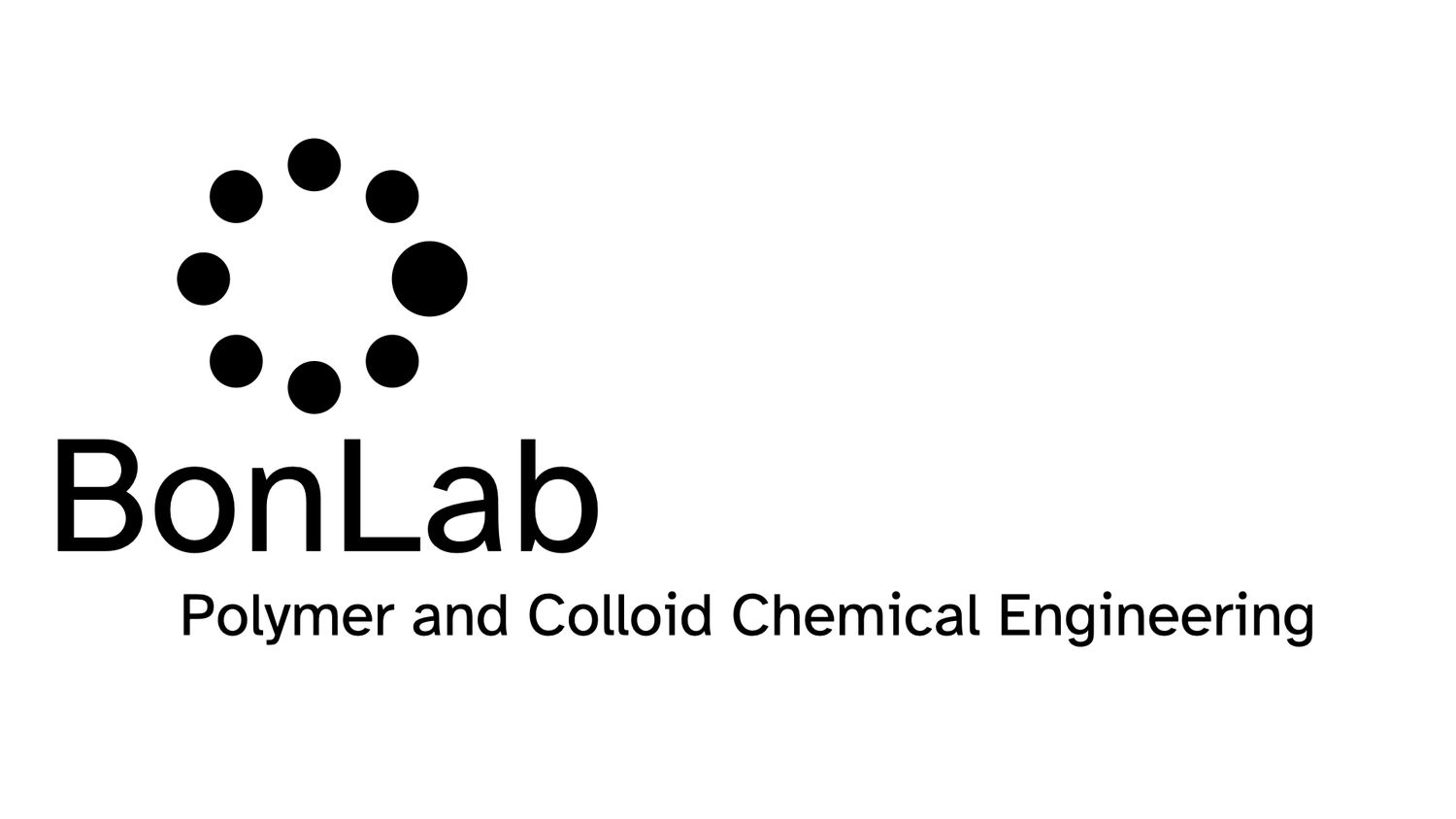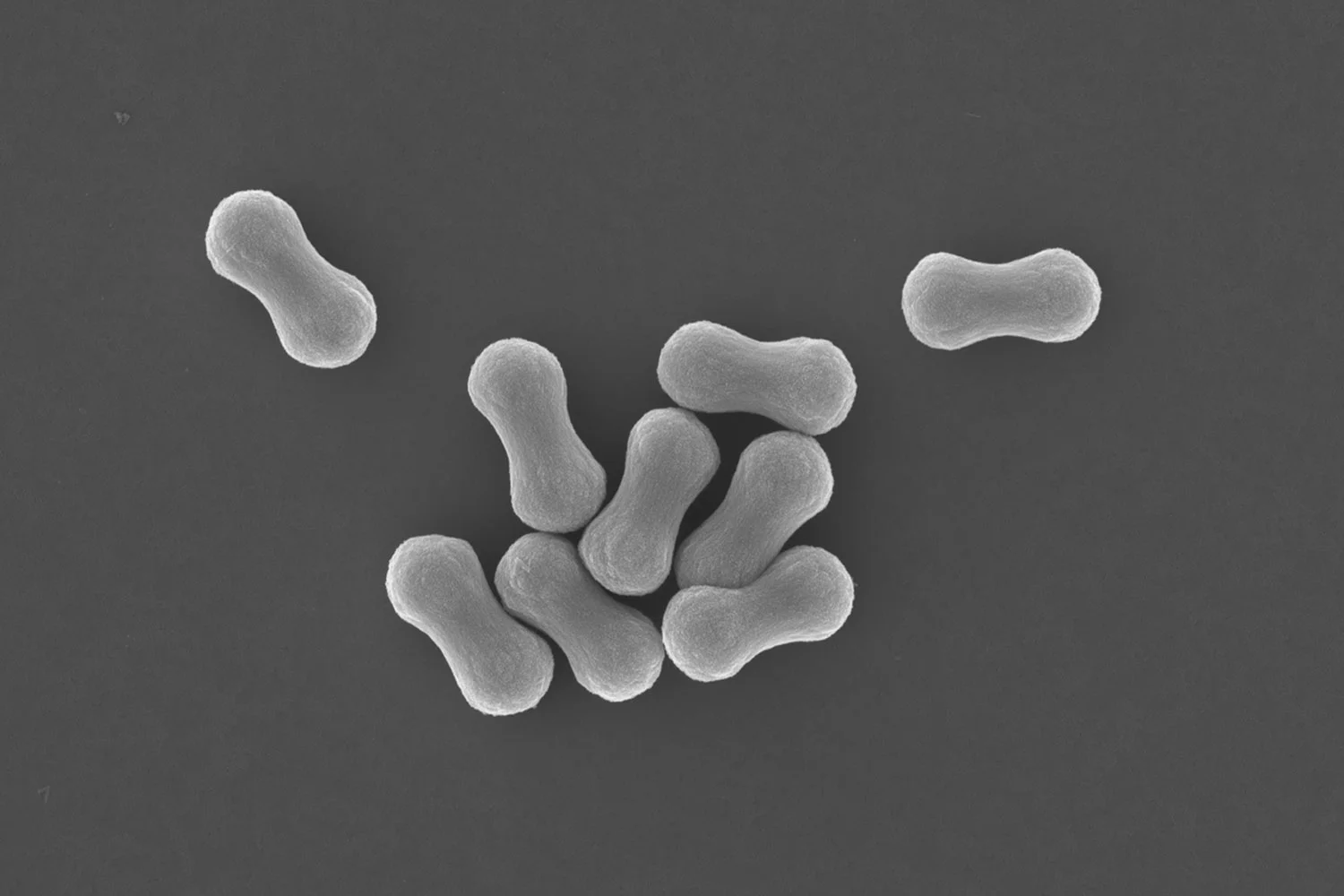Our manuscript entitled Control of vesicle membrane permeability with catalytic particles has been selected for the jan-feb 2016 cover of Materials Horizons, a premier scientific journal published by the Royal Society of Chemistry which features first reports of exceptional significance across the breadth of materials research at the cutting-edge interface with chemistry, physics, biology and engineering.
Prof.dr.ir. Stefan Bon says: "We are absolutely delighted that our research has made the cover of Materials Horizons. Rong Chen and especially Ross Jaggers worked very hard in the BonLab to fabricate giant polymer vesicles which have membrane-embedded catalytically active manganese oxide particles, hereby using droplet-based microfluidics. We demonstrate that these colloidal particles can regulate the membrane permeability of the polymersomes upon their exposure to, and catalytic reaction with, small amounts of dissolved hydrogen peroxide. Not only can we trigger complete release whereby the vesicle gets destroyed through membrane rupture by the formed oxygen bubbles as illustrated on the cover, exposure to small amounts of dissolved hydrogen peroxide leads to temporary enhanced release until all hydrogen peroxide is consumed by the catalytic particles after which the membrane permeability restores itself to its passive characteristic value."
More on this can be read on our blog.
The paper (open access) can be read here: http://dx.doi.org/10.1039/C5MH00093A


